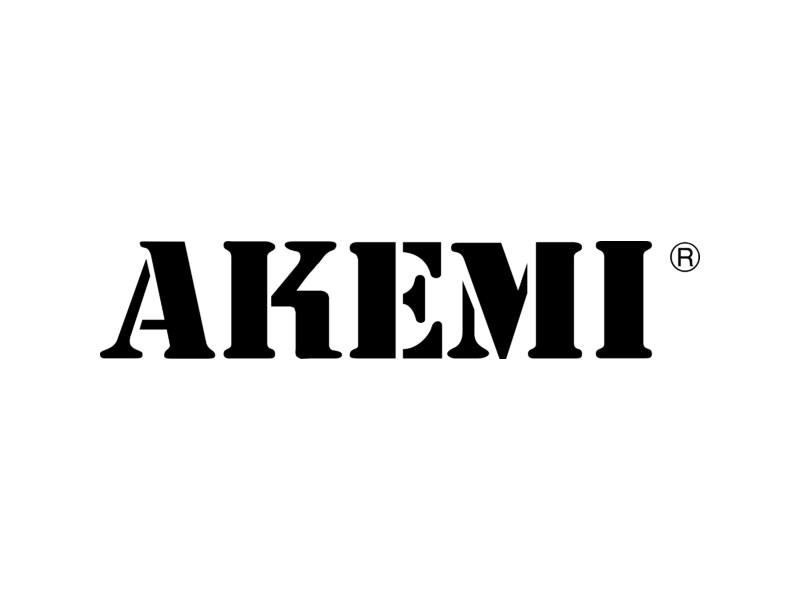Israel Nature and Parks Authority
The Conservation of the Archeological Parks
The use of St. Astier Natural Hydraulic Limes
 |
 |
 |
 |
 |
 |
First Preliminary Report
| Prepared by Asi Shalom | September 2000 |
Preface
The National Archaeological Parks of Israel include great and important epics of history from the beginning of humanity through biblical and classical times.
During the past century and in recent times, these sites were and still are archaeologically excavated. Although new finds shed new light on the mysteries of the past, it is evident that the greatest challenge is to conserve what has been exposed.
The fate of historical and architectural structures which have suffered destruction and abandonment but which still portray and hint at the culture and ideology of life of the humans who have built the sites, is at risk. To conserve all these sites in the most authentic manner using comparable materials and minimal intervention and to maintain them for this and for future generations. This is the goal – this is the challenge!
Comparable and compatible materials
After many years of the damaging use of incompatible, cementitious materials, the last decade has seen the revival of mortars, plasters and renders made of lime or earth in the conservation of archaeological sites. The use of cementitious mixes is not, however, the only potentially damaging intervention. As incorrect is the use of non cementitious materials that are assumed to be suitable by conservators or specifiers who, without any research into the products, are relying on uninformed opinions or practice.
An aspect to be always considered is the state of these structures today. To examine the old mortars and prepare a comparable one is the practice. The problem is, however, that many historical buildings, sites and, evidently, ruins now bear little resemblance, in their exposed and deteriorated state, to their original and complete form. These structures and the relevant building materials are often weakened and damaged. The temptation, which in many cases is still the practice, to utilize very strong, non porous, inflexible or adulterated materials and low cost, unskilled, labor is indeed great. The irreversible damages to monuments and sites caused by such ill-informed interventions can be seen everywhere as a testimony of their destructiveness, which is mostly irreversible and absolute.
The use of inappropriate materials and unskilled hands can now no longer be justified in any way, since suitable pure and natural materials and the skills to use them are readily available. The way that these materials should be used is in the hands of conservators and specifiers. The principle should be to work with materials that, if possible are comparable but which in all cases must be compatible taking into consideration the state and exposure of the structures, the extent of conservation or restoration needed and desired durability.
 2000 year-old lime plaster, miraculously surviving and urgently awaiting conservation treatment. |
 Mosaic floor during careful conservation treatment. |
 Soft-stone facade deteriorated to point of collapse. |
The use of St. Astier Natural Hydraulic Limes (NHL).
There is an urgent need to confront the forces of decay represented by changes and extremes in climates, exposure, neglect and damage caused by previous uninformed interventions with inappropriate materials ( including the use of weak materials in unstable surroundings or gauged with cement), large number of visitors, vandalism and so on. The use of St. Astier limes has given us the chance to work with these scarred structures providing compatible mortars that will preserve their historical testimony for future generations.
Having these limes as versatile binders for large and varying uses has given us the needed flexibility, a relatively simple and speedy application and long term durability: all these are vital elements in building national conservation and maintenance plans for almost 50 National Archeological Parks.
In almost 3 years of use, we have tested, applied and are able to make on-going assessment of the qualities and performance of these limes in mortars, plasters, renders, surface consolidation, flooring, sacrificial coatings, grouting, injection, casting and as an additive to earth mortars, in the conservation and restoration of structures ranging from fragile to solid, deteriorating to stable, minute to massive. These sites are of the utmost importance to be preserved for the future. Many of them are not only significant for Israel but belong to the historical, social and religious development of our modern society.
 Bedding for a lime floor surrounding a mosaic |
 Conservation of fragile lime wall plasters |
 Reconstruction of a vault of a Bath-House on the edge of a 400 meter abyss |
The varying uses of St. Astier NHLs
Floors
- Mosaics
 Replacement of tesserae. |
 Stabilised mosaic in passage-way allowing visitors to walk on |
 Injecting and filling of voids under the mosaic |
- Lime Floors
 |
 |
Repaving of floors allowing passage of visitors directly on floors as in ancient times. The original remains have been documented, stabilized and protected.
Plasters
- Lime plaster
 Supporting of lime plaster panels during consolidation |
 Filling of borders and cracks |
The lime plaster conservation project at Qumeran National Park was a school for plaster conservation. Every kind of thinkable problem in plaster decay occurred on the site.
 |
 |
 |
Conservation of the plasters in the water system of Qumeran
One of the greatest challenges was an unusually large render panel in one of the grand pools which was detached more than 10 cm from bedding and wall and miraculously survived and waited for treatment.
The pictures below try to depict the challenge:
 The large panel on the wall of the grand pool detached by uncontrolled flood waters from above. |
 Example of lime fasteners |
 The careful cleaning of the huge void after securing the panel with lime fasteners and gauze with weak solution of acrylic resin |
 Filling of the voids from all directions with liquid mortar made of NHL – 2 and pieces of light-weight high fired ceramic balls and ancient pottery sherds |
 The finished result: |
- Earth plaster
 A badly deteriorated mud-brick and mud plastered wall |
 Retouching mud bricks, NHL 2/mud re-plastering and sacrificial protection layers |
 An earlier intervention with white cement causing evident damage on this ancient mud brick and lime |
 Consolidation of mud bricks and integration to original. The same wall after having removed the cement and re-plastered with NHL 2 |
Masonry Walls
- Bedding mortar – NHL 3.5
- Pointing mortar – NHL 2
- Wall-core mortar – NHL 3.5
- Capping of wall tops – NHL 5
- Filling of cracks – NHL 2
 Packing rock fissures with earth mortar |
 Filling “voids” in wall-core mortar |
 Bedding mortar in vault reconstruction |
Soft stone repair
- Casting of “stone slabs” – NHL 5
- Bedding mortar for slabs – NHL 2 / NHL 3.5
- Filling of cracks – NHL 2
- “Stone like” sacrificial layer – NHL 2 / NHL 3.5
- Stone surface consolidation – NHL 2
 Stone conservation: consolidation of |
 “Stone like” sacrificial layer. |
 Filling of limestone tiles bedded in an NHL 2 mortar in cavernously decayed soft limestone. The pointing uses NHL 2 mortar with limestone pins. |
Casting of stone decorations
 |
 Detail of cast base before final coat |
 Cast, plastered column and base |
 Integration of stucco repairs with original volutes on Ionic column |
These are some of the sites where the St. Astier NHL’s have been pre-tested and are now being used and monitored on on-going conservation and restoration work with professional conservators.
Masada National Park
The leading archaeological site in Israel with more than 800,000 visitors per year; a King’s fortress including all classical Roman luxuries; the heroic episode of the Jewish zealots and the Byzantine retreat – Masada has all of the conservation challenges and was the first site in Israel to use St. Astier NHLs on the recommendation of Prof. John Ashurst – the conservation architect of the Northern Palace Project and a consultant to the Authority.

Qumeran National Park
A small site with international fame and mystery. Home of the Dead Sea Scrolls, an ingenious water system using run-off flood waters channeled to fill a huge system of plastered cisterns. Excavated evidence points to a site of communal living although recent discoveries place it as a villa of a king’s vassal from the 2nd Temple period.
An enormous challenge to conserve the plastered water system and exposed earth construction.

Tel Sheva National Park
A biblical site from the 1st Temple period boasting an underground water system similar to sites of Meggido and Hazor. An ongoing task to inject voids between the quarried walls and its thick lining plaster. The work is in a micro-climate, monitored and documented and has been going on for 3 years.

Mamshit National Park
A Nabataean site situated on the northern part of the spice road from Yemen – Petra – Gaza. The site was of wealthy merchants villas, horse breeding and possibly, school for architects.
It boasts structures from the Roman and Byzantine periods and has an on-going maintenance plan which included the re-instating of major church mosaics and work on the Baptistery.

Conclusion
We are currently extending the use of St. Astier NHLs to many other Archaeological National Parks to aid in conservation of similar situations and contend with new, interesting challenges.
Our 3 years of experiment and experience have given us great confidence in the performance of these materials. There is every indication that their permeability, flexibility and durability will provide us with the necessary compatible materials to continue to preserve our exposed historical ruins, monument and sites.
 |
 |
 |
As it may have once looked – according to archaeological evidence from excavations.
A final remark to be made is on the role of the Authorities. They must be the ultimate guide in the choice of correct materials, recognize the work of good conservators and restorers and provide adequate funding for testing and research to preserve cultural patrimonies that otherwise could be lost forever.























